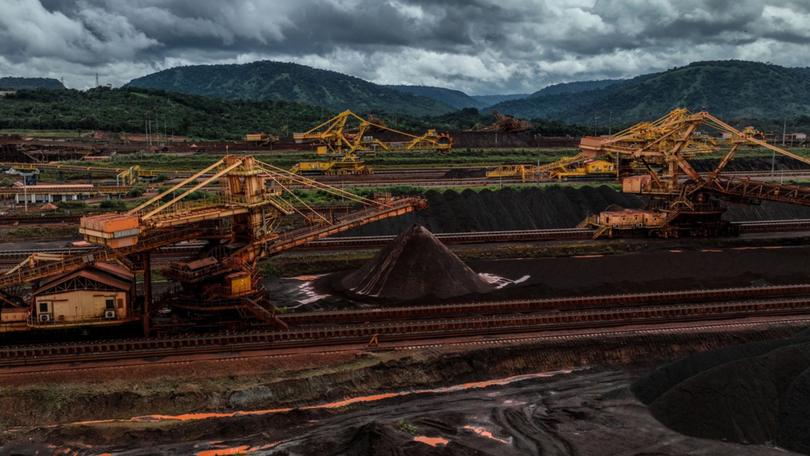Goldman Sachs, a leading global investment banking firm, has recently made a bold prediction regarding the iron ore market. According to their analysis, there will be a ‘clear deficit’ of iron ore for the remainder of the year. This shortfall is primarily attributed to low inventories and falling production rates. As iron ore is a crucial raw material for steel production, this prediction has significant implications for various industries, particularly in construction and engineering.
The Importance of Iron Ore in Steel Production
Steel, a versatile material used in a wide range of applications, is heavily reliant on iron ore for its production. The iron ore is processed into a usable form, usually through a process called smelting, to extract the iron content. This extracted iron is then combined with other elements, such as carbon, to create different grades of steel with varying properties.
Steel plays a critical role in construction and engineering projects worldwide. From towering skyscrapers to intricate bridges, steel provides the structural strength necessary to withstand immense loads and ensure the longevity of these structures. Additionally, steel is used in the manufacturing of vehicles, appliances, and machinery, making it an indispensable material in various industries.
Goldman Sachs’ Analysis and Predictions
Goldman Sachs’ analysis of the iron ore market indicates that there will be a significant deficit in supply for the rest of the year. This deficit is primarily driven by two main factors: low inventories and falling production rates.
Low inventories refer to the limited stockpile of iron ore available for immediate use. As demand for steel remained strong, inventories have been depleted, resulting in a supply shortage. This scarcity of iron ore has led to increased competition among buyers, driving up prices and further exacerbating the deficit.
Furthermore, falling production rates have contributed to the looming deficit. Several factors have contributed to this decline, including disruptions caused by the COVID-19 pandemic, logistical challenges, and environmental regulations impacting mining operations. As a result, iron ore producers have struggled to maintain their usual output levels, leading to a decrease in overall supply.
Implications for the Industry and the Economy
The predicted ‘clear deficit’ of iron ore has far-reaching implications for industries that heavily rely on steel. Construction companies, in particular, may face challenges in securing an adequate supply of steel for their projects. This could lead to delays and increased costs, potentially impacting the overall progress of infrastructure development.
Moreover, the broader economy may feel the effects of this iron ore deficit. Steel-intensive industries, such as automotive manufacturing and machinery production, may experience disruptions in their supply chains, affecting their ability to meet consumer demand. Additionally, rising steel prices resulting from the scarcity of iron ore could have inflationary effects on the economy, impacting consumer purchasing power and overall economic growth.
China’s Property Sector and Steel Demand
Goldman Sachs remains cautious about the optimism surrounding the uptick in steel demand from China’s embattled property sector. China, the world’s largest consumer of steel, heavily relies on construction and infrastructure development to drive its economic growth. However, recent regulatory measures aimed at curbing speculative real estate investments have led to uncertainties in the property market.
These uncertainties have the potential to impact steel demand in China. While there might be a temporary surge in steel consumption as developers rush to complete ongoing projects, the long-term outlook remains uncertain. Goldman Sachs advises against placing excessive optimism on the steel demand from China’s property sector, as regulatory changes and market dynamics could have a significant impact.
Conclusion
Goldman Sachs’ prediction of a ‘clear deficit’ of iron ore for the rest of the year underscores the challenges faced by the iron ore market. Low inventories and falling production rates have created a supply shortage, impacting various industries that rely on steel. Construction companies and steel-intensive sectors may face delays and increased costs, potentially affecting infrastructure development and the broader economy. While steel demand from China’s property sector remains uncertain, it is crucial to monitor regulatory changes and market dynamics. The iron ore deficit highlights the importance of diversifying sources of steel production and exploring alternative materials to mitigate supply chain risks. As the year progresses, stakeholders in the iron ore and steel industries will closely monitor market developments to navigate the challenges posed by this ‘clear deficit’ predicted by Goldman Sachs.















Leave a comment